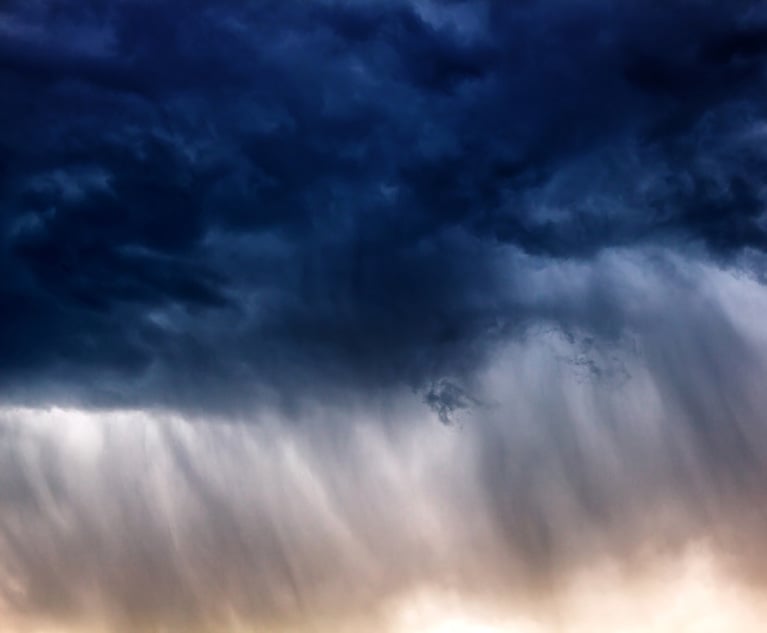 Atmospheric rivers in the sky can be 300 miles wide, a mile deep and more than 1,000 miles long. (Credit: Credit: Sabphoto/Adobe Stock)
Atmospheric rivers in the sky can be 300 miles wide, a mile deep and more than 1,000 miles long. (Credit: Credit: Sabphoto/Adobe Stock)
In 2019, meteorologists nationwide began rating atmospheric rivers (AR), or storms that have the potential for millions of dollars in losses and severe flooding.
Recommended For You
Want to continue reading?
Become a Free PropertyCasualty360 Digital Reader
Your access to unlimited PropertyCasualty360 content isn’t changing.
Once you are an ALM digital member, you’ll receive:
- Breaking insurance news and analysis, on-site and via our newsletters and custom alerts
- Weekly Insurance Speak podcast featuring exclusive interviews with industry leaders
- Educational webcasts, white papers, and ebooks from industry thought leaders
- Critical converage of the employee benefits and financial advisory markets on our other ALM sites, BenefitsPRO and ThinkAdvisor
Already have an account? Sign In Now
© Touchpoint Markets, All Rights Reserved. Request academic re-use from www.copyright.com. All other uses, submit a request to [email protected]. For more inforrmation visit Asset & Logo Licensing.







